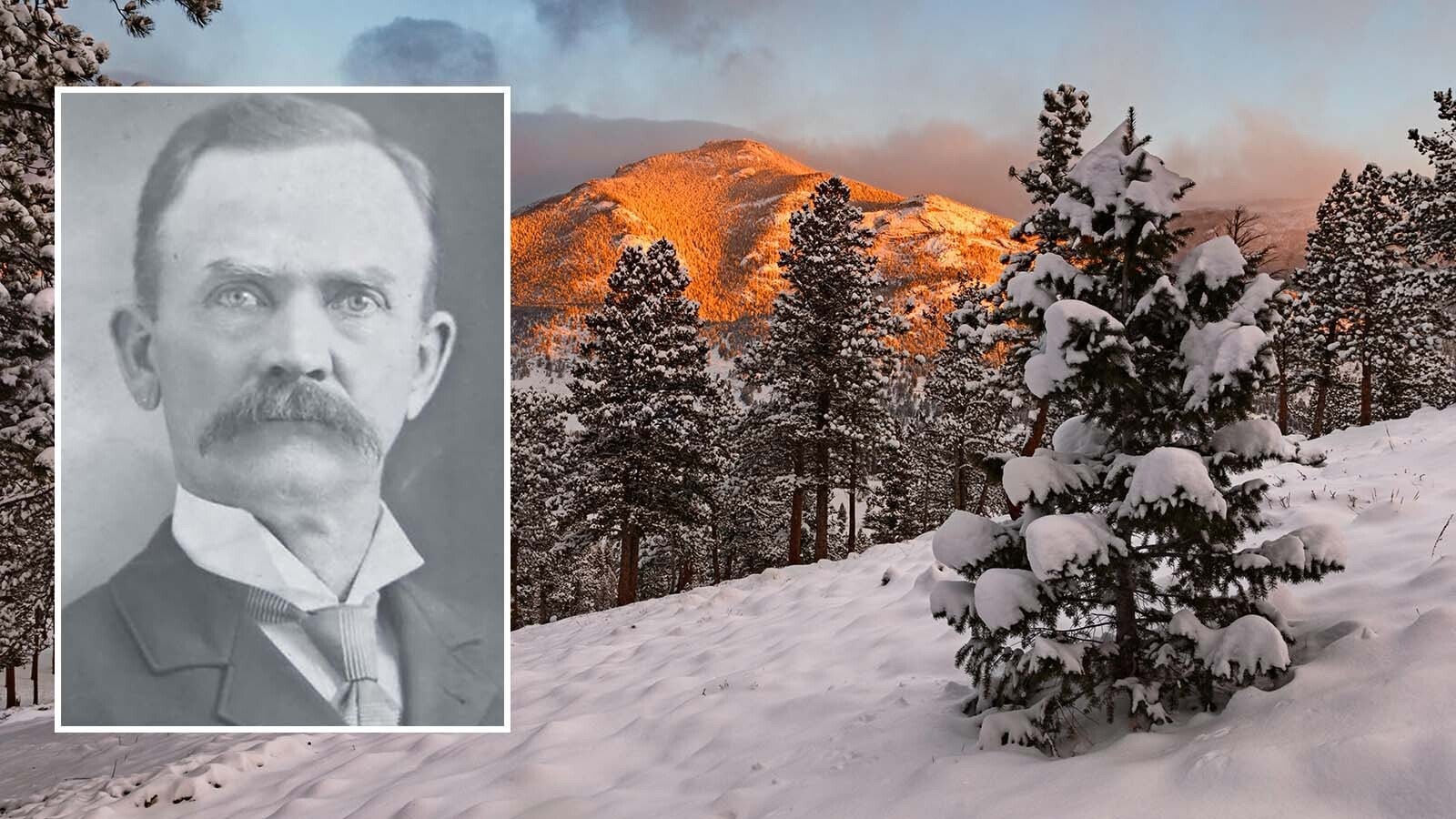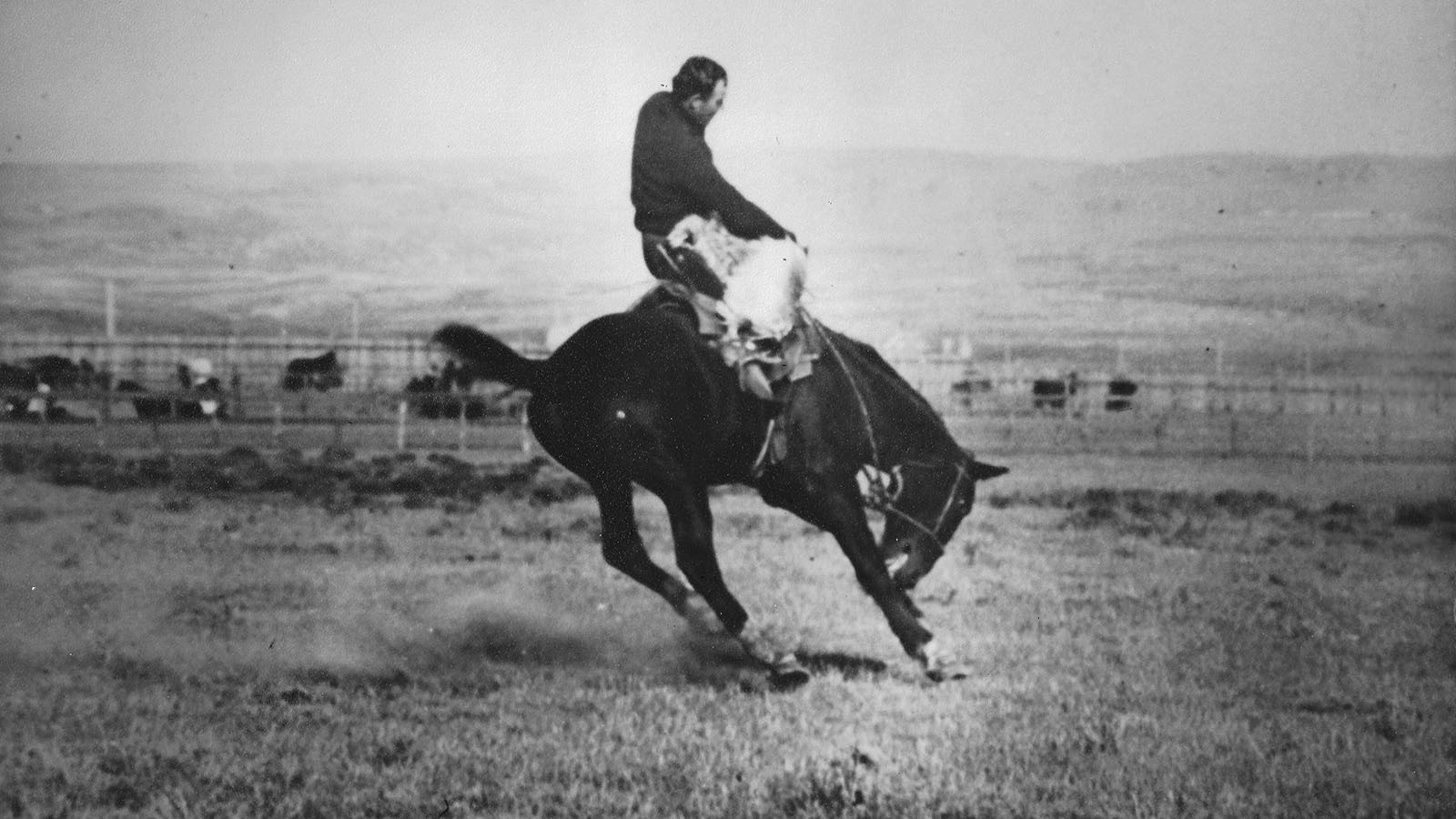In the early 1890s, Ben Hanson was a young cowboy, respected rancher and the founder of the original Thermopolis in the remote Owl Creek region of the new state of Wyoming.
His name remains relatively unknown today despite his early success because of a jealous husband and Old West justice.
Before this turn of events, Hanson had spent years in the saddle as a cowboy for others and was ready to make his own fortune.
Cowboys from the Embar Ranch and outlaws from the Hole-in-the-Wall country, flush with spending money, were roaming the area.
They were visiting the hog ranch at Andersonville and the campground at Rocky Row, which was then an illegal settlement on the hot springs belonging to the Shoshone and Arapaho tribes.
The Original Townsite Of Thermopolis
Hanson divided his homestead into a town plot at the mouth of Owl Creek. Soon, he had sold lots to a pharmacist and general store owner, Ed Enderly, as well as to saloon operators and other businessmen.
Another town, dubbed Hot Springs, had sprung up on the other side of the Bighorn River but Hanson’s was the more prosperous of the two. When the post office was moved into his town, it was time to officially find a name for Hanson’s town as required by the law.
Hanson and Dr. Julius A. Schuelke of Lander, Wyoming, called a meeting of the citizens. One of the first suggestions was to name the townsite Hansonville in Hanson’s honor.
However, Schuelke said that he already had a name picked out. It was Thermopolis.
Lee Walter, one of the men present, later said, “Out of his Latin or Greek — or something — Schuelke had evolved the name ‘Thermo’ meaning hot and ‘polis’ for city.”
With the town of Thermopolis officially established, Hanson continued to build on his town lots and grow his wealth.
He ran the local livery barn, owned some of the best buildings in Thermopolis and became a very prominent and well-known citizen of the town he had founded.
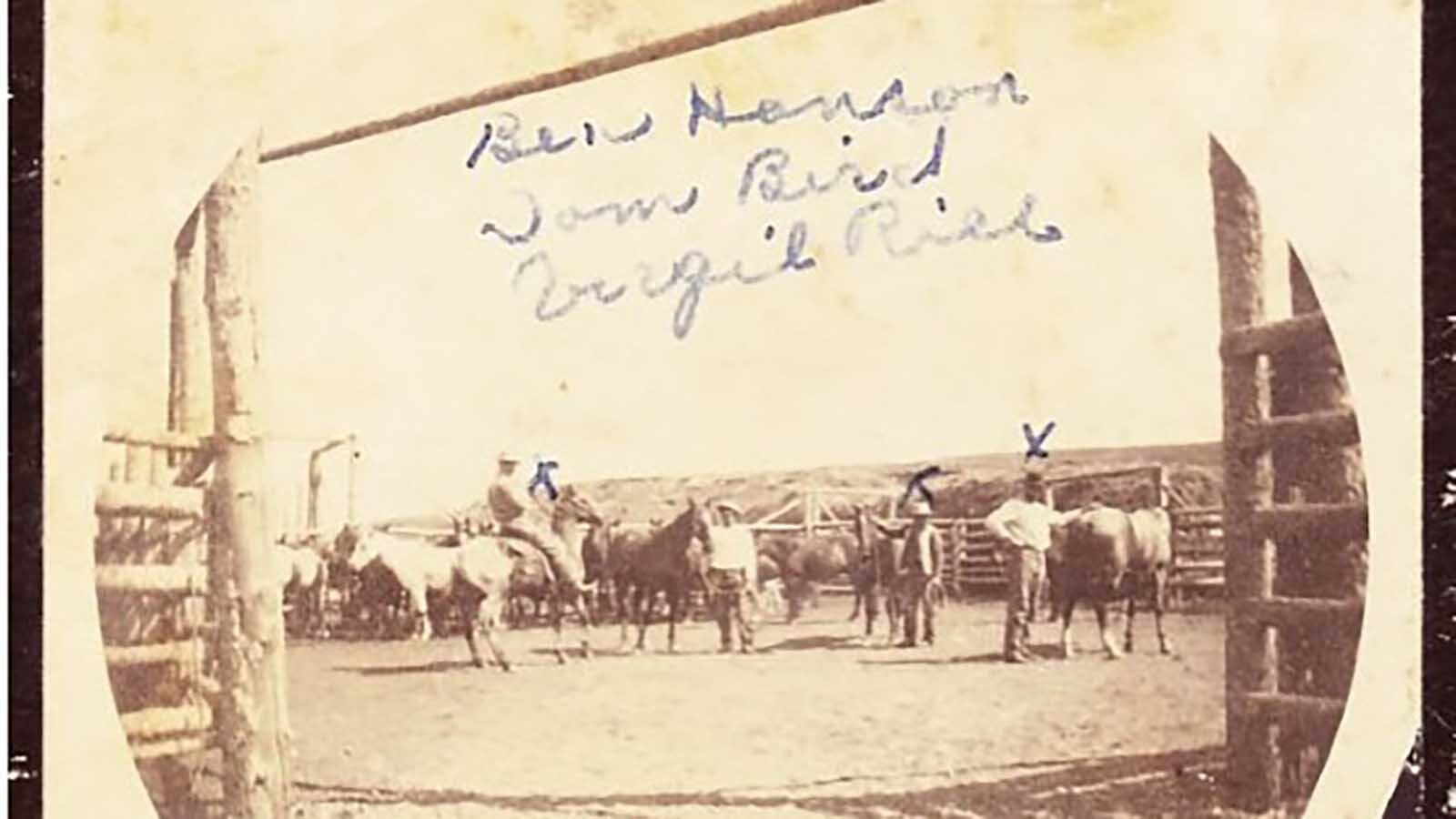
Growing Town
In June 1895, The Fremont Clipper reported that “Ben Hanson, of Thermopolis, who is here attending the district court, says that there are sixty or more persons at the springs, and that they are coming and going all the time. It is expected that nearly 5,000 people will visit at the bathing resort this season.”
Business was booming and attracted the attention of businessmen in Glenrock, over 200 miles away by stage. Tom Bird, J. E. Higgins, and Martin McGrath came to Thermopolis looking for business opportunities. They liked the prospects and took over Enderly’s little store.
Thomas Morrow, under his alias of Bird, was a well-known businessman and former deputy from Converse County. He had moved his wife and two children with him to this wild town. His business partner, McGrath, also moved his wife and toddler sons to Thermopolis where they employed local cowboys and outlaws as help on their rugged homestead. Women and children were still a rare sight but starting to become a little more commonplace.
The little town attracted the attention of a journalist from Lander’s Wind River Mountaineer in the fall of 1895.
“The genial Ben Hanson, owner of the town site, is putting the finishing touches to a handsome residence and dame rumor has it that Ben will soon take unto himself a better half,” the reporter wrote.
However, if rumors are believed, the dame that Hanson was courting already had a husband.
The Dance Of Death
A month after the reporter’s tour of the fledgling town of 60, Hanson celebrated the Christmas season with a dance in his newly constructed hall. Aden Johnson and Irish Tom Walsh had hauled logs for a new house for Hanson and he was hosting a housewarming party.
Bird and Enderly had been drinking in Andersonville at another dance and had returned to Thermopolis just as Hanson’s party was winding down. They went to Enderly’s store, had a light lunch and then proceeded to Hanson’s new hall where the dance was still going on.
According to E.T. Payton, the local newspaper editor of the Big Horn Pilot, trouble had been brewing for some time between Hanson and Bird.
“For a year or more there had been reported an intimacy between Ben Hanson and Mrs. Bird,” Payton wrote. “It is stated that these rumors came to Bird’s ears, that he had spoken to Hanson about the matter and Hanson’s intimate friends say, Bird had threatened to kill him.”
Bird was warned to stay away from the dance, as there might be trouble.
Feeling the effects of liquor Bird took this as a challenge and said, “It is trouble I am looking for.”
He was carrying Enderly’s pistol as he advanced toward Hanson’s new building.
Hanson was dancing with Mrs. Purcell when he told her his life was at stake. Knowing western men, she immediately begged him to keep out of sight, but he insisted upon dancing. As they reached the door, they saw Bird approach.
“There’s Tom. He’s after me,” Hanson said. “We’ll have time to go around the floor once more.”
So around the floor they waltzed. When they reached the open door the second time, Hanson reached out to pull it shut. Some witnesses say they saw Bird take aim at Hanson. Others say that Hanson was hidden behind the door.
All agreed that the two men were close together and Hanson was quicker on the draw.
As Bird entered, Hanson quickly moved into view and shoved his six-shooter into Bird’s face. He pulled the trigger. The bullet missed, but exploding gunpowder confused and blinded Bird. Hanson’s second shot also went astray, grazing him on the shoulder. But a third slug plowed through the point of Bird’s chin.
He crumpled to the flood, dead.
Bird fell lengthwise in the door and screaming women had to step over the dead body before they could get out of the room.
The firing was at point blank range and the face and neck of Bird was badly powder-burned. The shot which killed Bird entered the chin just below the lower lip and he had fallen without even a groan.
Bird did not fire a shot, but Enderly’s six-shooter was found lying between his feet.
“Friends of Hanson claim that Bird had previously threatened his life,” E. T. Payton said. “Intense excitement followed the killing and some in the crowd wanted to lynch Hanson, but Bird’s partner, Mart McGrath, used his efforts in quieting the crowd, finally succeeding in doing so.”
With the acrid odor of burned gunpowder remaining heavy in the air, it was Enderly, the pharmacist and sometime doctor, who pushed through a group of gawking onlookers. He examined the body stretched full length on the dance hall floor and “officially” pronounced dead, one James Morrow, alias Tom Bird.
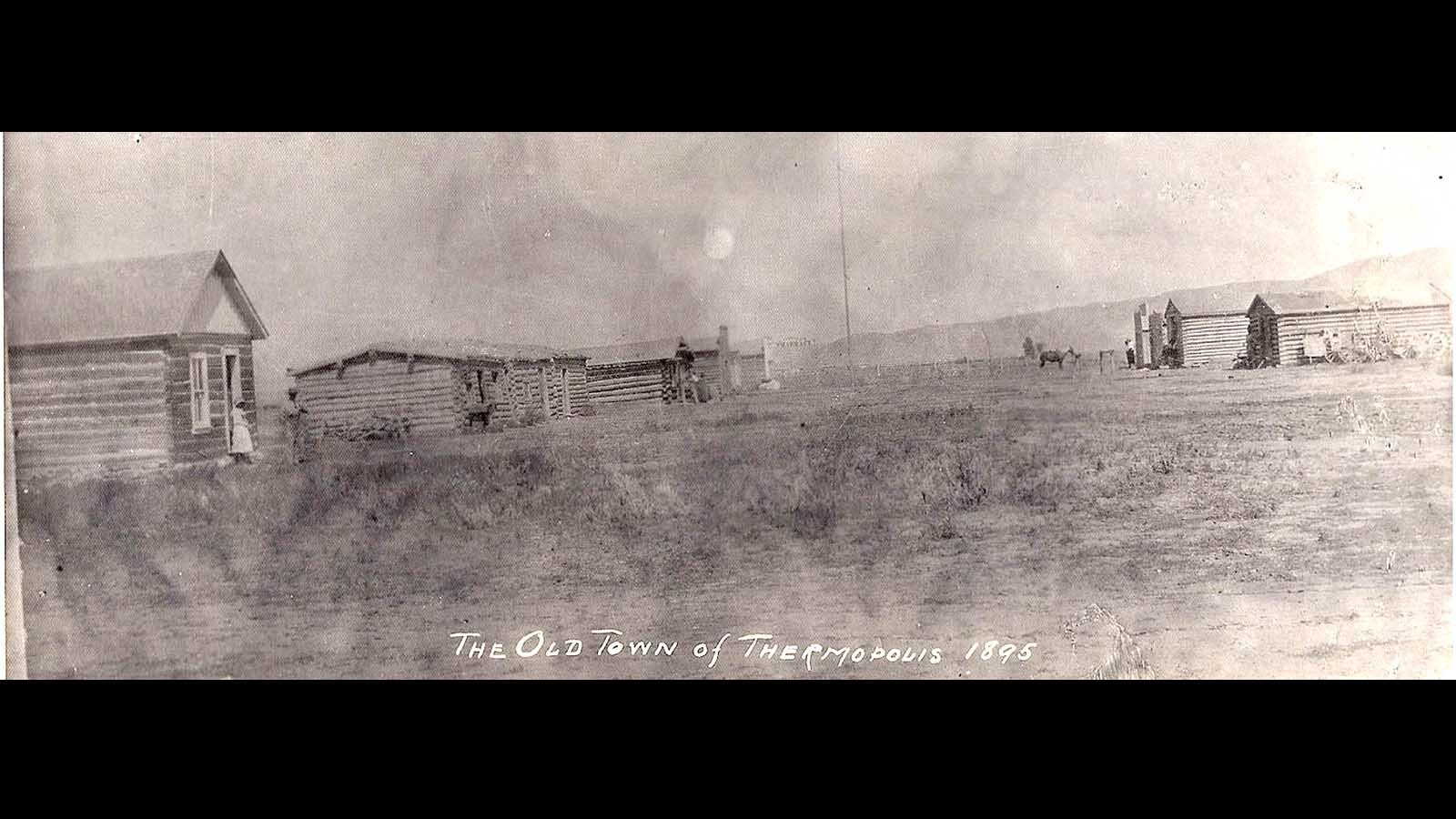
Life Goes On
Justice Joe Magill, friend to both Hanson and Bird, empaneled a coroner’s jury and held an inquest. Immediately after the inquest, a warrant was issued for the arrest of Hanson who had been quick to leave Thermopolis.
Once apprehended, Hanson was jailed at Lander where he was arraigned by that Friday evening. The hearing was postponed until December 28, so that the state of Wyoming would have a representative.
Hanson was held for murder in the second degree, and the bond fixed at two thousand dollars, which was given and the prisoner discharged until the next term of the District Court.
Bird was buried in the original Thermopolis’ cemetery. Today the graveyard has lost its identity under alfalfa growing in a field somewhere in Lucerne.
His widow and children received a life insurance payment from the Odd Fellows from which he was a member and they disappeared into history.
Life went on at Hanson’s townsite despite the murder and excitement filled the air. The Indian reservation was opening for settlement and Thermopolis was moving closer to the hot springs. Hanson’s original townsite would soon be known as “Old Thermopolis.”
Held Without A Trial
After paying his increased bond of $3,500, Hanson was still being held in the county jail nearly a year later without a trial. He evidently thought that he had spent enough time behind bars.
On the night of Aug. 6, 1897, Hanson escaped his prison cell by cutting his way through the iron sheeting forming the ceiling, gaining his way to the attic. From there, he was able to reach the manhole over the hallway near the landing of the stairs that lead to the jail. Through this, he let himself drop to the floor.
The deputy sheriff’s horse was grazing in the courthouse yard, and his saddle was in the jail barn. Hanson saddled the horse and was off.
The next morning, the deputy sheriff sent out telegrams and letters to the sheriffs of the various counties and to the railroad centers. It wasn’t until noon that he took up the trail of the escaped prisoner and started in pursuit.
Wyoming newspapers picked up the story of the escape and opined that Hanson would remain on the loose, evading capture.
“Hanson is thoroughly acquainted with the country, having been a cowboy for many years and is well liked on the range and has lots of friends who will gladly aid him in his effort to escape.”
These ‘friends’ were none other than the Wild Bunch and other outlaws who frequented Thermopolis at the time. By November, it was reported that once he had escaped, Hanson had gone directly to his friends near Thermopolis.
From there, Hanson was sent to the Hole-in-the-Wall hideout where he remained for several days.
After that, it was believed, he went north to go to the Klondike in pursuit of gold.
By October, goods belonging to Hanson were sold at public auction. Another year passed, and in 1898, the local constable held a sale of Hanson’s horses at the old town of Thermopolis. They sold at prices varying from $5 to $11 per head.
Rumors continued to swirl of Hanson’s whereabouts. A sheriff from Lander was sent to Oregon upon receiving notice of Hanson’s capture in that state, but the man held there was not Hanson.
Again, another man was captured in Phoenix, Arizona. However, this vagrant was not the wanted Hanson and, just like Bird’s wife and children, Hanson slowly faded into history.
That would have been the end of his story if Enderly hadn’t seen him one last time.
Several years later, Enderly happened to be in a North Dakota town on business. He recognized Hanson, who by then had assumed another name and was engaged in the livestock business.
Although Hanson hankered to return to Thermopolis for a visit, he was dissuaded from doing so. He was advised that Martin McGrath, Bird’s business partner, was prepared to press charges in the murder.
If Hanson ever snuck back to see his town that he had founded with such high hopes, we will never know.
Today, his fall from grace is complete as most only remember him as the murderer of the prominent businessman, Bird, and not the true founder of Thermopolis.
Contact Jackie Doroty at jackie@cowboystatedaily.com
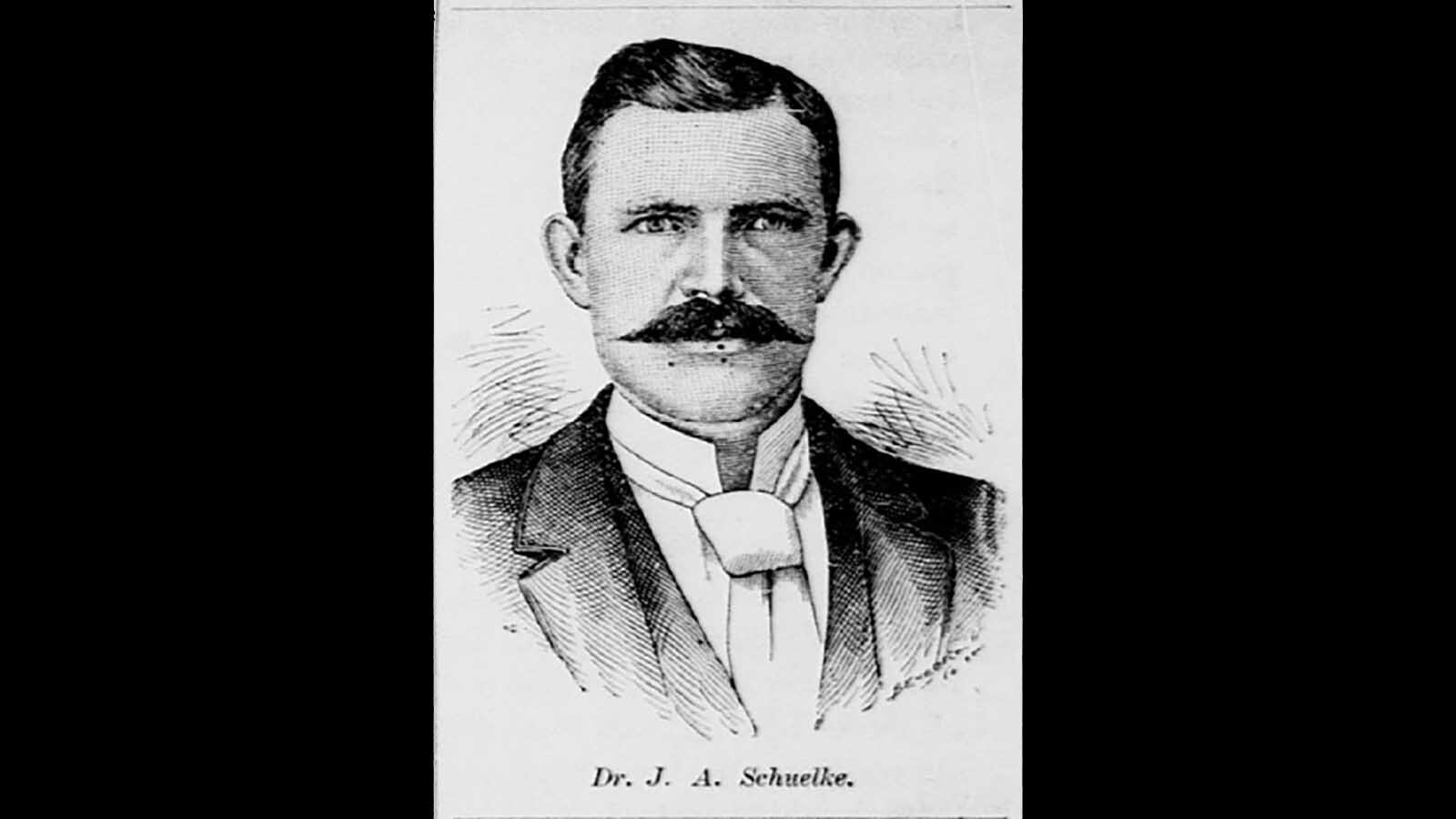
Jackie Dorothy can be reached at jackie@cowboystatedaily.com.




